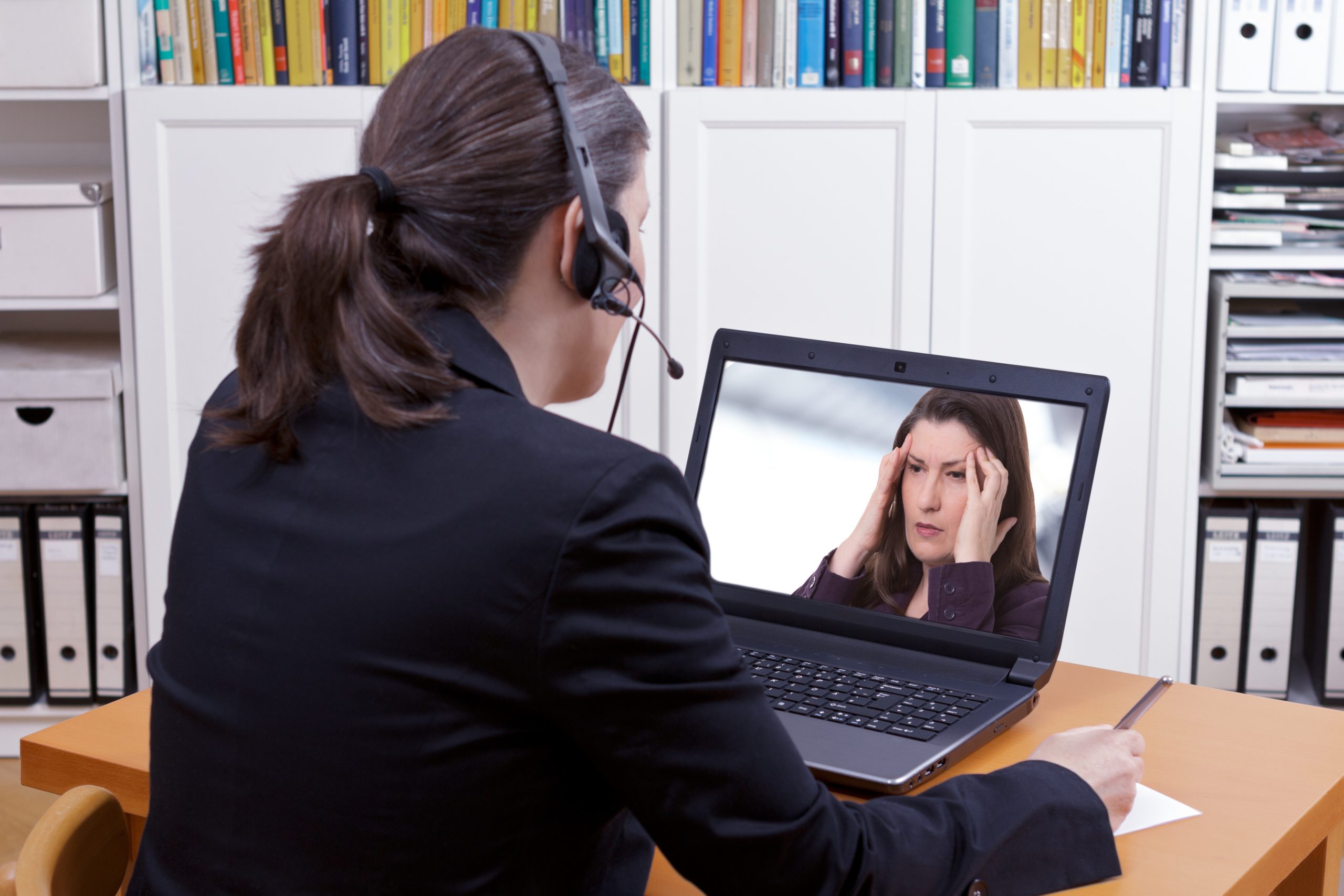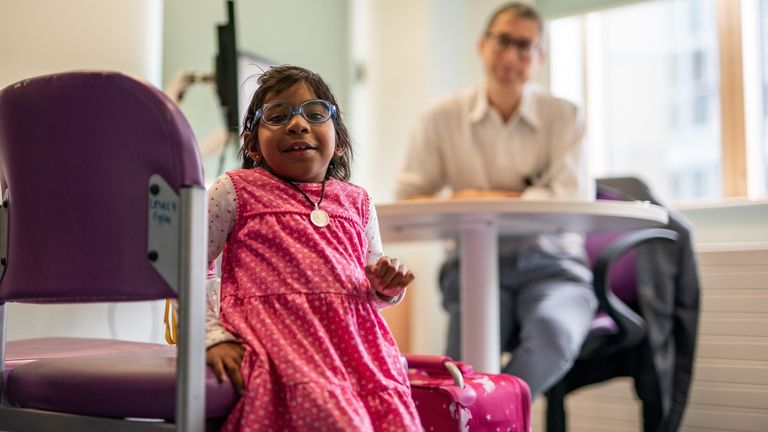Concepts like virtual therapy, telemedicine, meditation apps are all new additions in our culture. We have made our homes into little wellness centers with exercise options suiting our budget laden with therapeutic drinks called “kaarha”. Many of the health practices at home have their roots in the virtual space. This has helped not only in maintaining social distancing but also enhancing the reach of the wellness concept to the remotest of places.
Geographical location hardly matters
People of geographically diverse locations are exercising together, taking meditation lessons together. There has been a great comfort level in indulging in yoga, meditation, fitness with family at home. This is the new phenomenon of leading life which is here to stay.
Tele-coaching is a concept that has gained popularity. Many self-help, as well as employee assistance programs, are offered through tele-coaching. Employees of multinational companies have been attending wellness programs from different continents together. So, there is a good touch of human connection along with the tech-flexibility of wellness programs.
People want wellness from the comfort of their homes
Anmol Arora, CEO, DocVita, which is a telemedicine platform to consult with India's top doctors and specialists, in a conversation with Medicircle https://medicircle.in/anmol-arora-ceo-docvita-talks-about-collaboration-of-government-and-innovators-which-can-solve-the-problem-of-affordability, mentioned, “When COVID-19 hit, telehealth came into the picture, and then we thought of listing doctors on our platform. We were not only making healthcare more accessible and available but helping doctors to manage the infrastructure better. We are seeing a lot of word of mouth happening in our infrastructure. One thing that we tried to build differently from other platforms is that most people want the convenience of what they have available at hand. For example, if somebody does not have the doctor app, they can consult a doctor on WhatsApp as long as they get access to a qualified doctor, get prescribed, and are treated. People want to feel comfortable,” says he.
Virtual wellness options are win-win situations for both the wellness and health experts as they save lots of time to cater to a larger clientele base and for people taking the services as there is increased accessibility of wellness in forms of telemedicine, tele-coaching, video consultations, etc.

 Experts estimate that there has been a 200-300% upsurge in virtual health services and products globally. People are relying more on digitally delivered products and services to keep fit. There has been a rise in professional as well as virtual wellness programs and classes.
Experts estimate that there has been a 200-300% upsurge in virtual health services and products globally. People are relying more on digitally delivered products and services to keep fit. There has been a rise in professional as well as virtual wellness programs and classes.









.jpeg)










.jpeg)

.jpeg)










.jpg)




.jpg)

